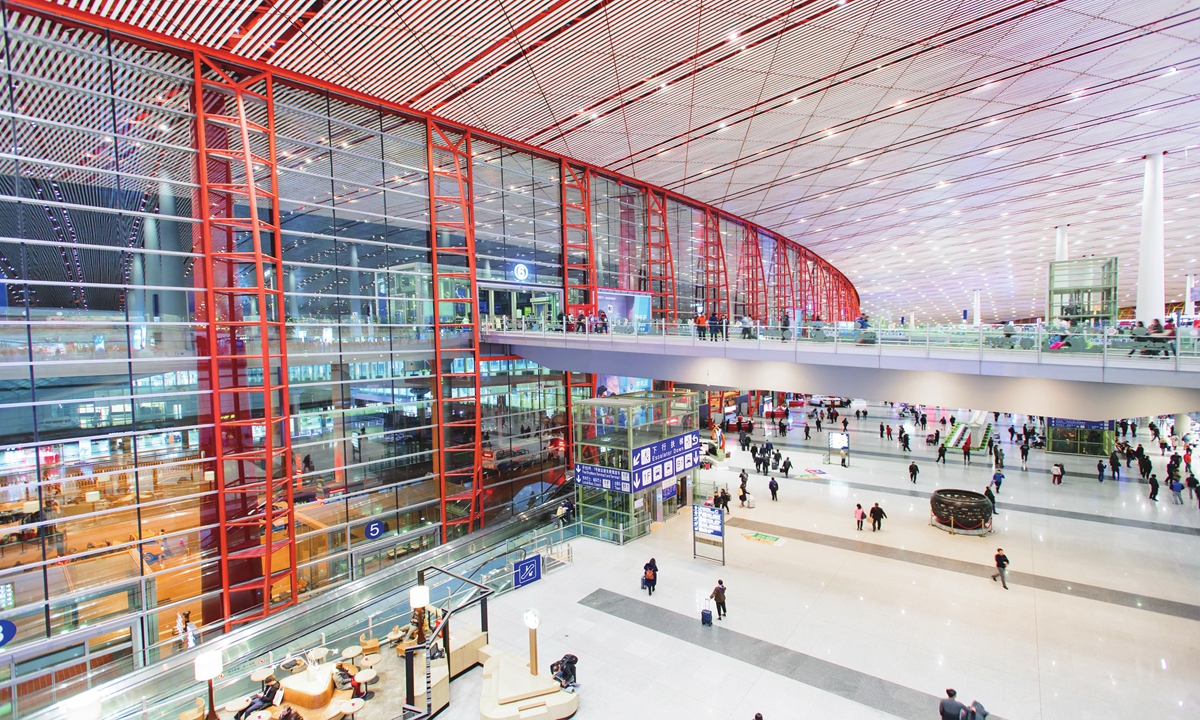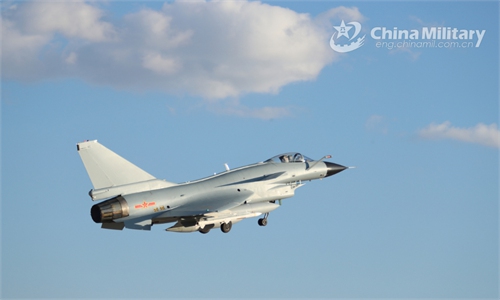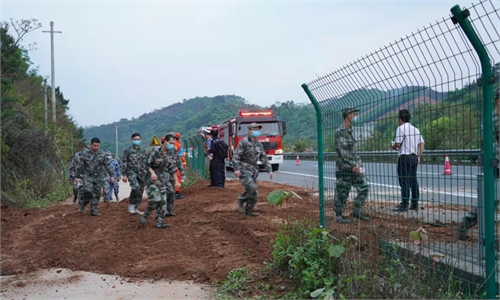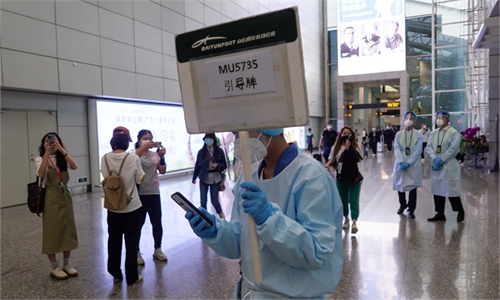CAAC mulls two-month subsidy plan for passenger airlines, bill could go up to 5 billion yuan

Terminal 3 at Beijing Capital International Airport Photo: VCG
The Civil Aviation Administration of China (CAAC) is mulling a two-month subsidizing plan to buoy up all domestic passenger airlines -- the cost could be as high as 5 billion yuan ($735 million), in a bid to boost the struggling industry battered hard by the pandemic.The subsidy will be divided into two parts -- 70 percent will be shouldered by the Ministry of Finance, while the remaining 30 percent to be drawn from the coffers of local governments, a source close to the CAAC told the Global Times on Monday.
Specifically, the subsidy plan proposes to provide 24,500 yuan for each flying hour, when the number of daily flights reaches 4,500 across the nation, up from an average of 2,700 flights per day now.
Based on an estimated flight volume of 2,700 flights per day, if the subsidy lasts for two months, the subsidy plan will cost about 5 billion yuan, which fully shows the government's determination to support the civil aviation sector, said Zheng Hongfeng, CEO of information provider VariFlight.
If the COVID-19 resurgence is put under control promptly and flights return to normalcy, the "government will respect basic market rules", and the subsidizing sums will be reduced, Zheng added.
He said there has been 17 days so far this year when domestic flights were flying below 2,700 per day. Data from CAAC showed that the number of average daily flights was 12,031 in 2021.
The new policy applies to all large, medium and small airlines, including state-run and private airlines, all of which will be treated equally, according to the source.
The application for the government subsidy is to cover the basic cost of operation, in order to ensure flying safety, restore market expectations, and maintain professional skills for personnel working in the industry, especially air crew, according to the source.
The plan is reportedly submitted to the State Council for review and approval, and if things move smoothly, the subsidy is expected to start this week and end on July 20, providing a two month window to airlines. .
Market watchers stated that the reason for the July 20 end date is that it coincides with the beginning of summertime travel season.
The analysts said the subsidy would be the most tangible support for the civil aviation industry, for previous support mainly focused on tax reductions and exemptions. This time, it provides all passenger airlines with financial support under a unified standard, which will undoubtedly "be a boost to domestic civil aviation."
The Chinese aviation industry has been living in the shadow of the pandemic for a number of years.
Lv Xue'er, deputy head of CAAC, said at a meeting on Friday that although some achievements have been made in resuming normal flights and services last year, there are still some weak links, noting that China's civil aviation faces multiple difficulties such as aviation safety, epidemic prevention and control, and a slower pace of industry recovery.
China Eastern Airlines said on Monday that in April, passenger transport capacity (in terms of available seat kilometers) fell by 86.61 percent year-on-year; passenger turnover (in terms of passenger kilometers) fell by 89.75 percent year-on-year; and the passenger load factor was 56.90 percent, down 17.46 percentage points year-on-year.
China's three biggest airlines witnessed wider losses in the final quarter of 2021. Shanghai-based China Eastern Airlines said its net loss rose to 4.05 billion yuan from 2.95 billion yuan in the third quarter, taking its full-year loss to 12.2 billion yuan. That was deeper than an 11.8 billion yuan loss in 2020, according to Reuters.
Air China, the country's flag carrier, said its net loss widened to 6.32 billion yuan in the fourth quarter from 3.54 billion yuan, and it posted a full-year loss of 16.6 billion yuan. China Southern Airlines fell to a fourth-quarter net loss of 5.98 billion yuan, after posting a 1.43 billion yuan deficit in the previous quarter. It reported a full-year loss of 12.1 billion yuan, Reuters said.
A Tibet Airlines flight veered off the runway aborting take-off at Chongqing Jiangbei International Airport on Thursday, leading to 36 passengers hospitalized with minor injuries and the aircraft being damaged in fire.
On March 21, a China Eastern Boeing 737 with 132 people onboard crashed in South China's Guangxi Zhuang Autonomous Region, killing all onboard.




